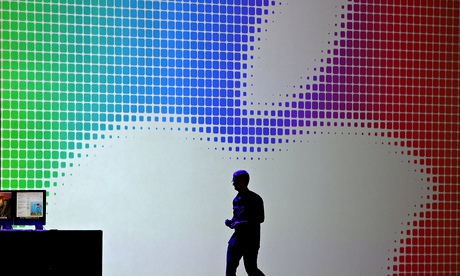
After years of speculation, the much-anticipated launch of the iWatch might soon be upon us, if recent rumours are to be believed.
Ever since it emerged last month that Apple was gearing up for a September launch of the product, alongside the iPhone 6, the rumour mill has been in overdrive. If Apple’s success with the smartphone is anything to go by, then this latest product might just be the catalyst that takes wearable tech into the mainstream.
But is it really going to live up to the hype? Or is it more likely to be a case of industry navel-gazing, rather than genuine consumer excitement?
Marketers are understandably intrigued by the possibilities Apple’s smartwatch – dubbed the iWatch – could represent. After all, Apple’s first iPhone model revolutionised the technology world, giving rise to a whole new app ecosystem and a massive new marketing industry.
When it’s released, the iWatch is likely to feature a significant health element, potentially giving a boost to the amount of useful data available to consumers on everything from their heart rate and temperature to medical disorders. Of course, the more data a mobile device can collect on a consumer, then the more that plays to marketers’ advantage.
There are also rumours that the iWatch will be able to connect to Apple’s bluetooth-powered location system iBeacon – a network of cheap transmitters that allows stores to locate Apple devices nearby and send targeted messages such as special offers or other incentives. As somebody interacts with iBeacon through their iWatch, or as they browse for products throughout their day, that data can be used by marketers within milliseconds to deliver highly relevant ads; real-time marketing as we call it.
Imagine how powerful this would be as traditional advertising joins the digital world and everything is bought programmatically or in real time – from high-street billboards to banners on the sides of buses.
And if Apple were to allow the iWatch to not just share data with iBeacon but multiple different smart devices, both the iPhone 6 and the iWatch could start to emerge as the central hub of an individual’s personal data system.
Consumers could be empowered in this scenario by giving them control over what data are made available to brands in exchange for incentives. I wouldn’t be surprised if one day a major mobile network in the UK starts offering either the iPhone 6 or iWatch for free on the basis that they allow the collected data to flow back through the network and be sold to advertisers.
Whether this marketer’s utopia comes to fruition or not will depend entirely on the response of consumers. As a marketer myself, I have good reason to hope that it does. But I’m cautious. My gut tells me that Apple is likely to have a harder time convincing us to put a computer on our wrist than it did a computer in our pockets.
There is a greater opportunity to take smartwatches mainstream with devices that are able to blend with environments and not force consumers to change their personal style and brand preferences. For example,Glance is a device launched on the funding platform Kickstarter that has many of the functions of current smartwatches but can be worn under the strap of your existing watch. At just over £40, it’s potentially a fraction of the cost of the iWatch (rumoured to cost £250).
I’d put my money on devices like these being the ones to propel wearable devices into mainstream consciousness and open up the data universe marketers are craving
No comments:
Post a Comment